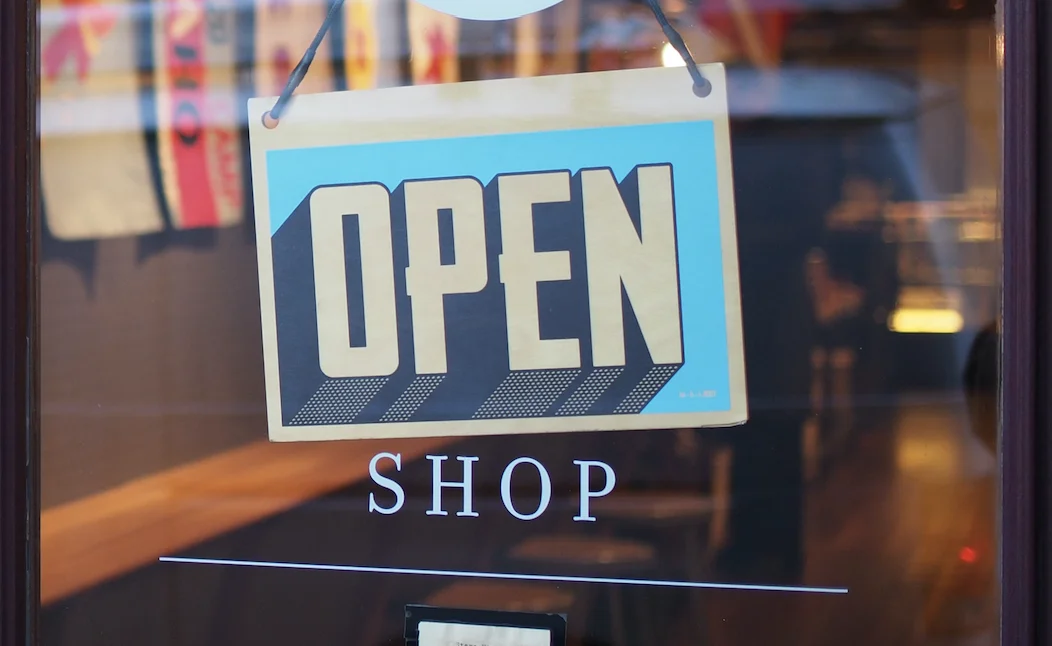Singapore’s retail sector has been slowing down in the past 2 years. We hear of brands like British fashion store New Look and French menswear chain Celio exiting Singapore amid a weak retail scene. As a small business retail owner, it can be easy to hit a slump and feel demoralised following these high-profile closures; and even more so when your store is just not getting enough foot traffic.
Instead of just rushing to cut costs, why not kick-start a digital marketing plan? Driving traffic to websites can seem like an important focus for e-tailers and out of your domain, but did you know these could push storefront sales as well? Digital marketing is more than just setting up a social media page and creating a website (although those are important aspects!). It’s also a great way to drive traffic to your retail store without breaking the bank. Below are 3 ways on how you can increase your store’s brand awareness with digital marketing.
1. Integrate search and social
According to the Consumer Barometer Report (2015), the most commonly used source of online information for Singapore consumers are search engines. The same report stated that 86% of Singaporean shoppers research before they buy. It is no wonder that search engine marketing has been popular with small businesses.
Social media has also been increasing in importance as a digital marketing platform. No matter the size of your retail store, you need to be engaging your customers through social media. Being active on social media feeds such as Facebook, Instagram and TikTok is a great way to promote interaction with customers.
As more businesses use the same tactic and as shoppers today get way savvier than ever before, it is increasingly difficult to generate more performance and get higher returns by using just paid search or social in solus. The important distinction to make is that search and social are not competitive forces. Instead, understand the links between consumer activity on social and paid search and how they can work together to amplify each other’s results. By creating social content that attracts an audience, you can craft targeted paid search campaigns to ensure that regardless how or where people are searching, they’ll find, engage and convert with your retail brand.
To cater to these empowered shoppers, remember to leverage on the strengths of social media and search instead of trying to get them to deliver results that aren’t suited to the medium.
2. Email marketing campaigns
Want an easy way to stay connected with your customers who visit your store? Give email marketing a shot. Email is one of the most forgotten forms of marketing there is. Not to be confused with spamming your customers’ inbox, a robust email marketing campaign is used to direct and inform subscribers of the latest updates and offers, keep shopper’s up-to-date, and build a brand identity and relationship.
Give your customers the option to opt-in to ensure that customers are keen to start a dialogue with your business, meaning you have to be careful to only send items relevant to them. This could involve online exclusive offers for discounts that can be redeemable in-store, or invites to exclusive events.
To reach customers offline, maintain a sign up form at your point of sales: Use a tablet or smartphone with a mobile email sign up app, or go old school with a “pen and paper” form!
3. Start a blog
Blogging is a great way to build your audience and generate more traffic and sales for your business. It lets you tell stories that could convert visitors to customers. It also helps increases engagement opportunities, not just on social media but also on traditional media.
A well-maintained blog can show that you’re up-to-date with the latest trends especially if you are in fashion retail, to showcase how your collection fits in with the industry. Work towards creating a trustworthy brand by creating content that helps your customers improve their lives while remaining relevant to your retail brand and industry. Show that you want to do more than close a deal as you develop a deeper connection with your audience. Be personable when you write blog posts; don’t sound like a salesperson!
Digital marketing has emerged out as a powerful tool for promoting small retail businesses in Singapore. Connecting shoppers with your stores digitally is a powerful thing to be able to do. If you are a small retail owner, these 3 ways should get you started on your digital marketing journey.






